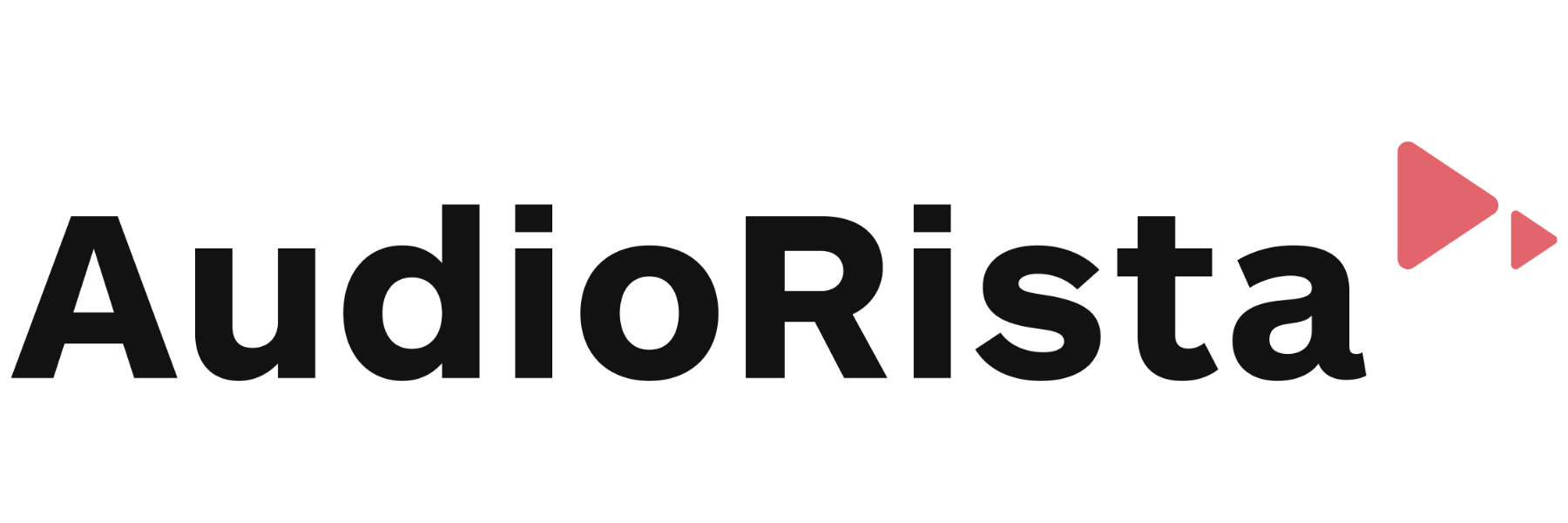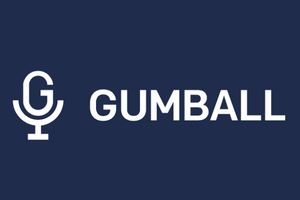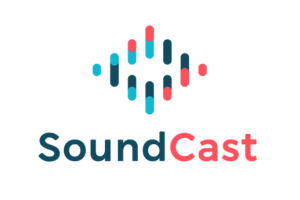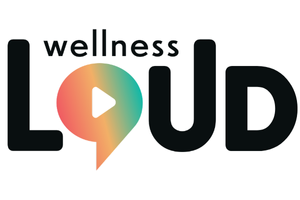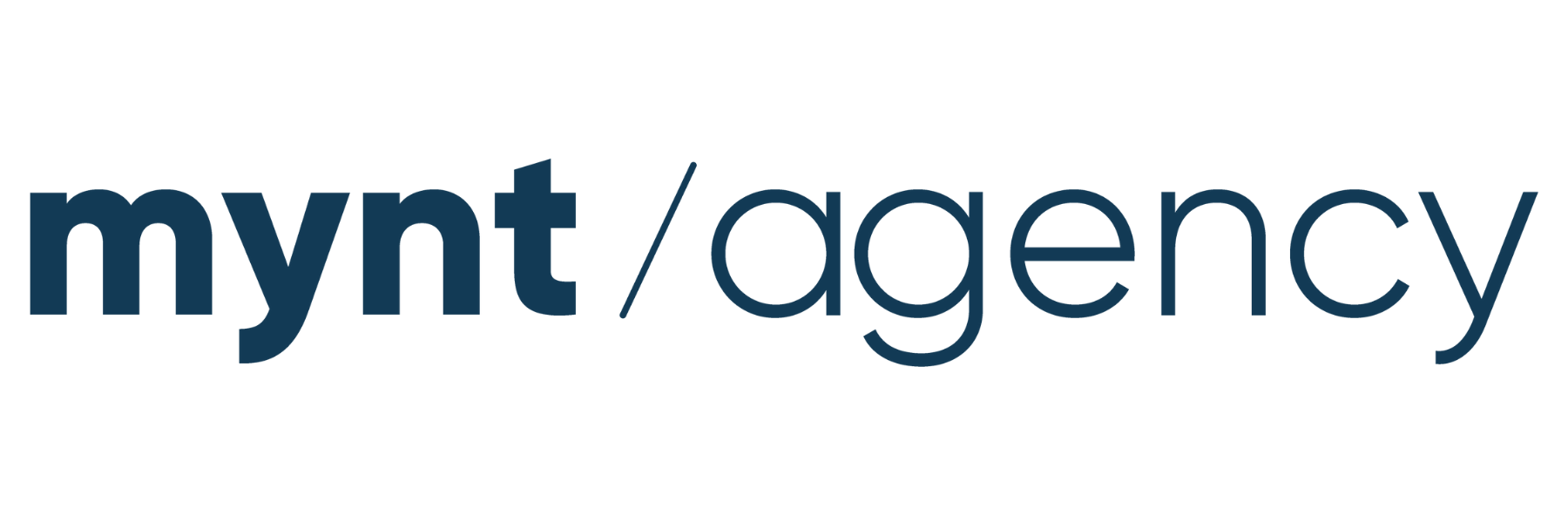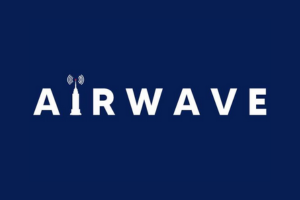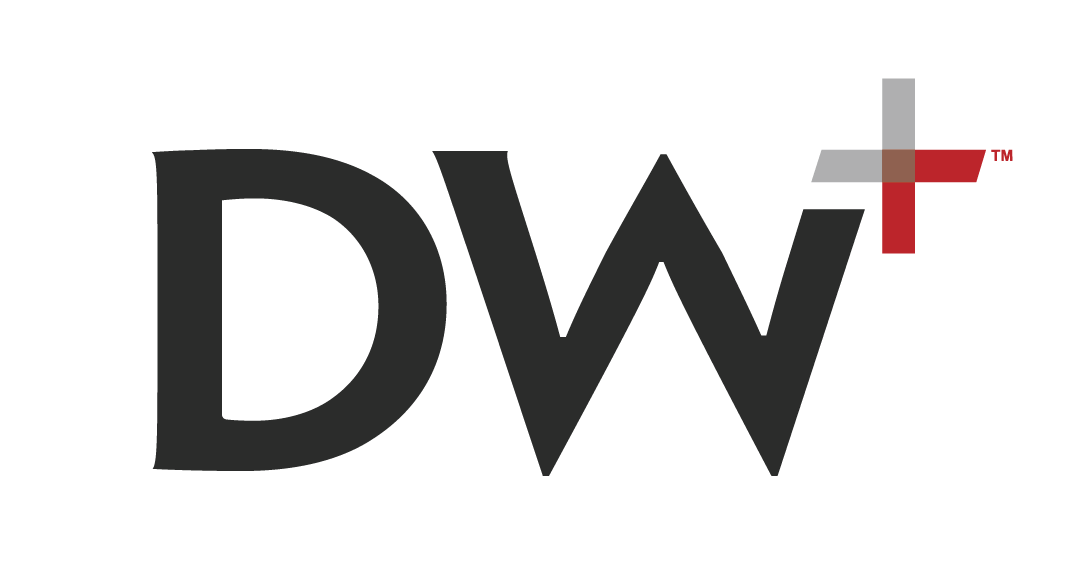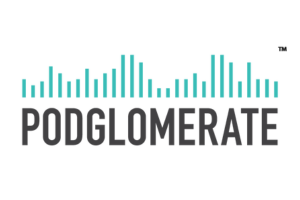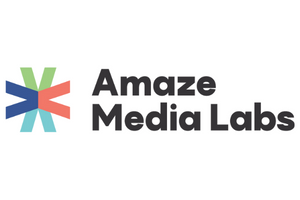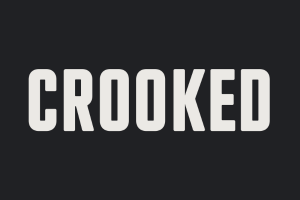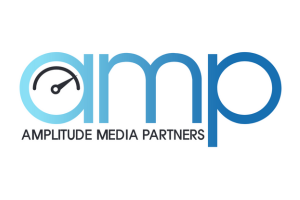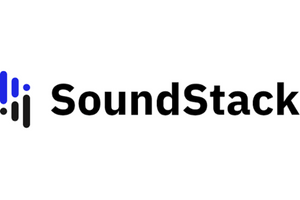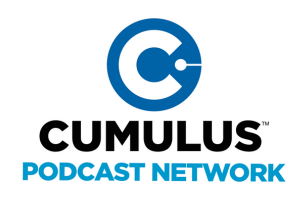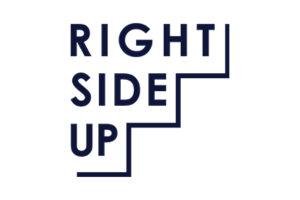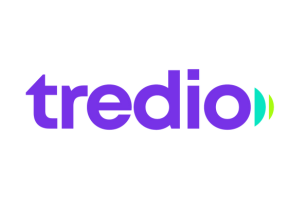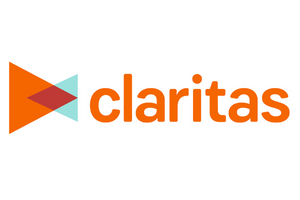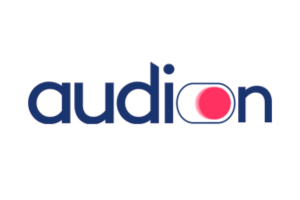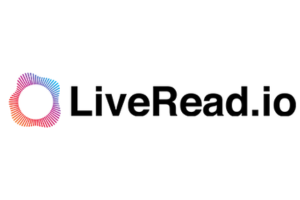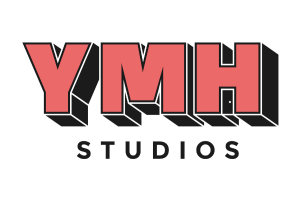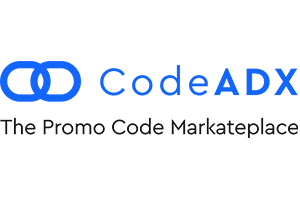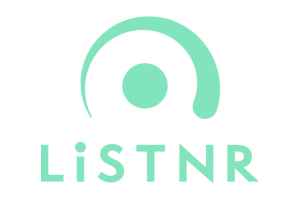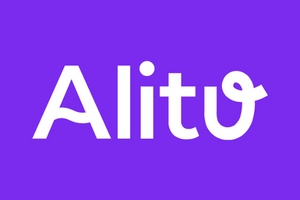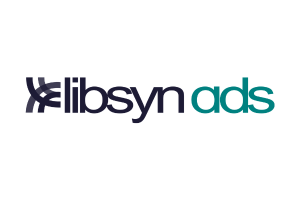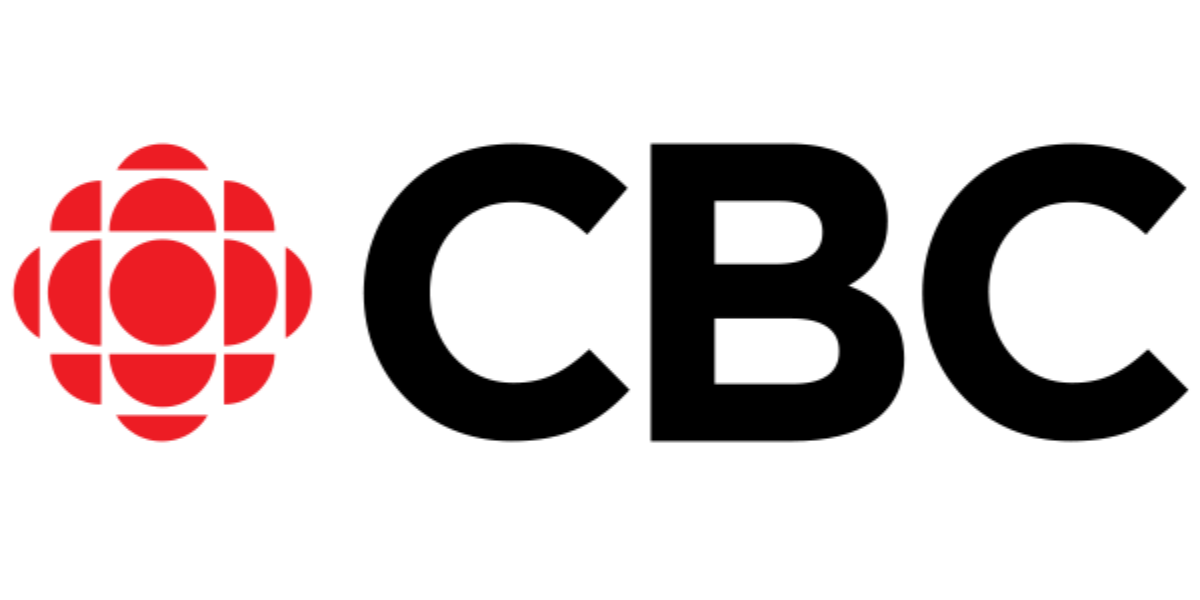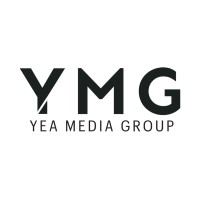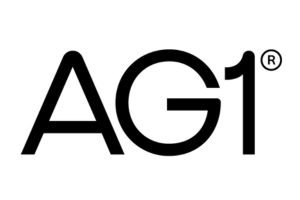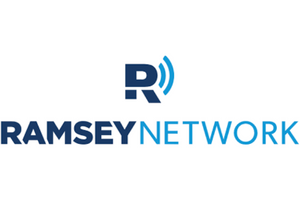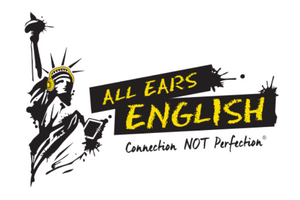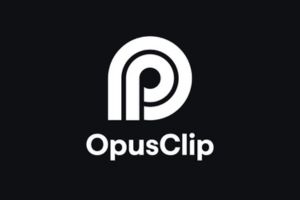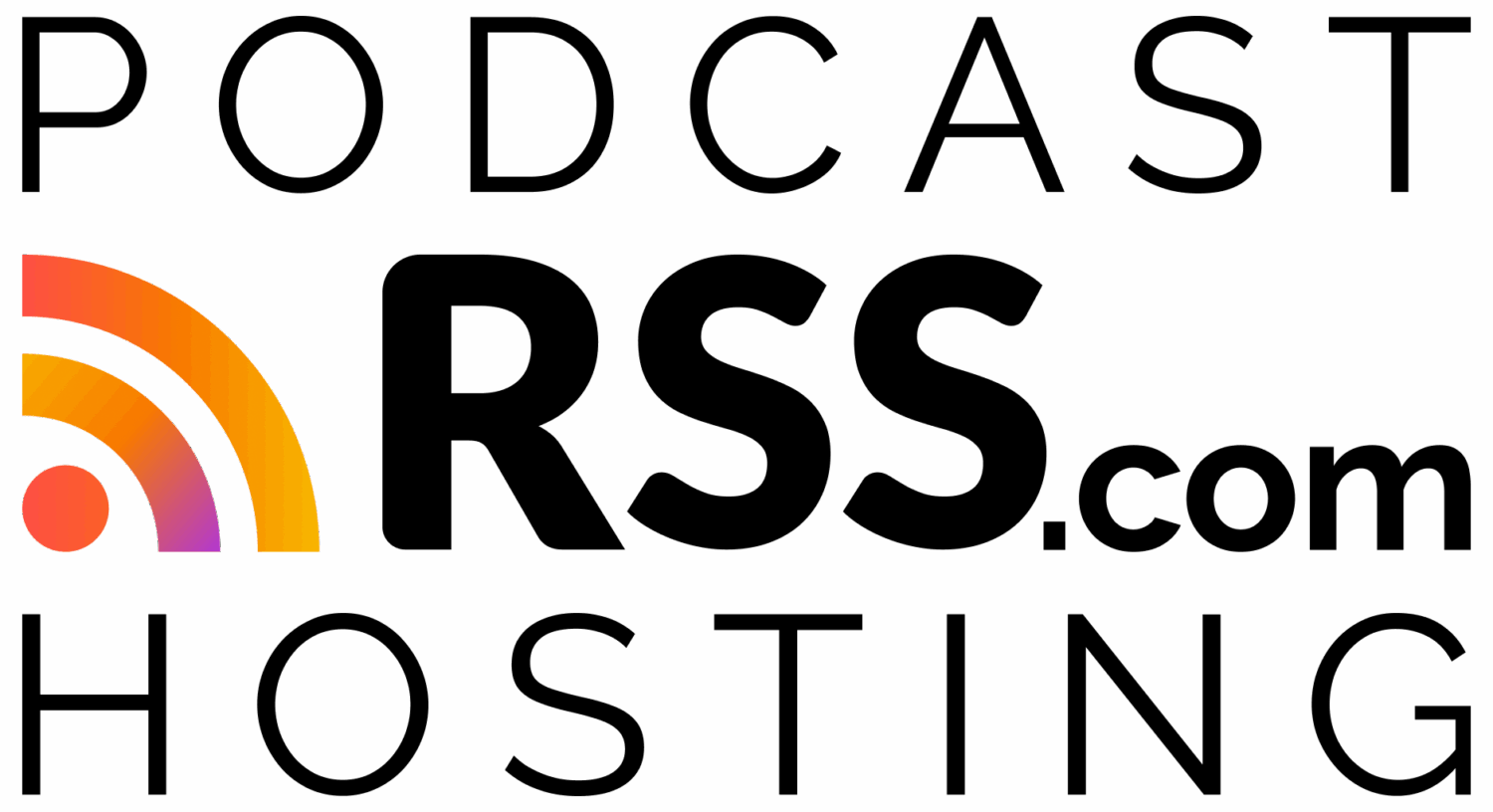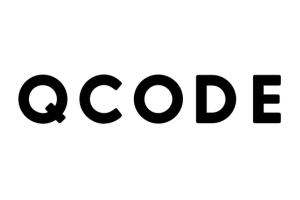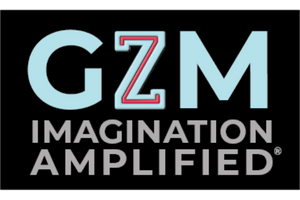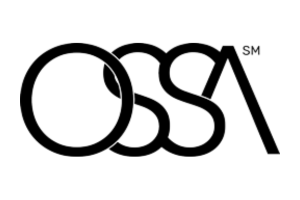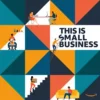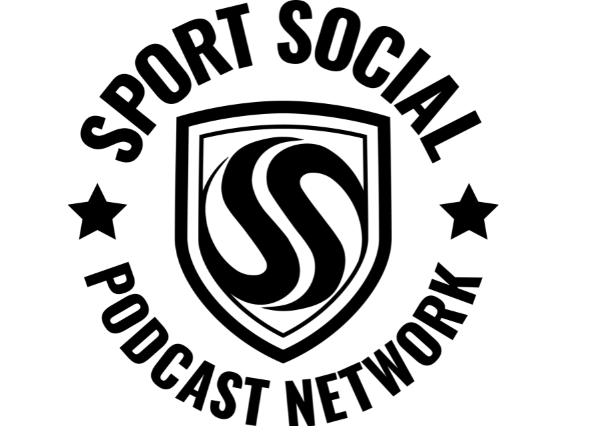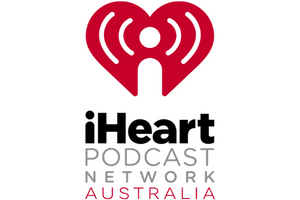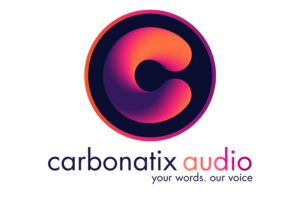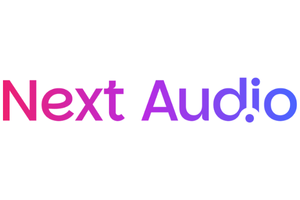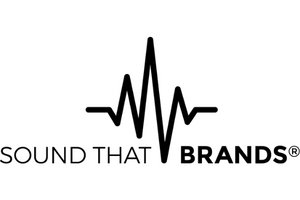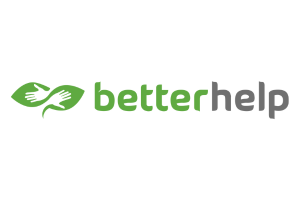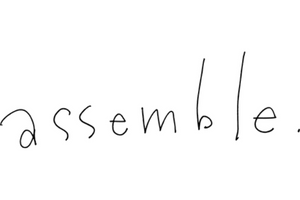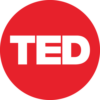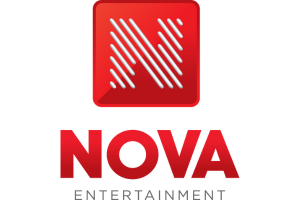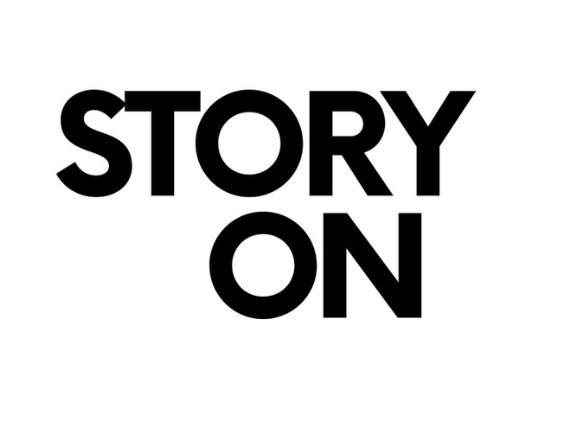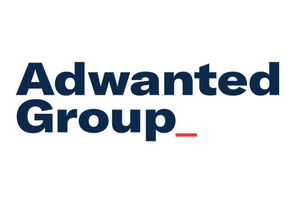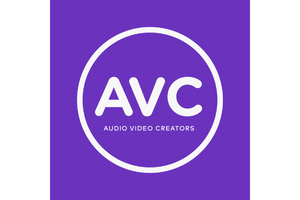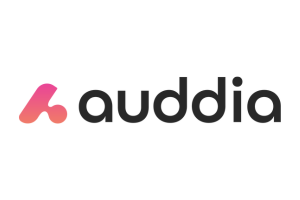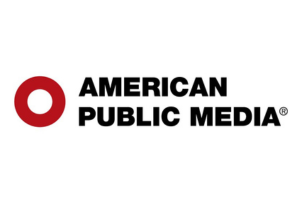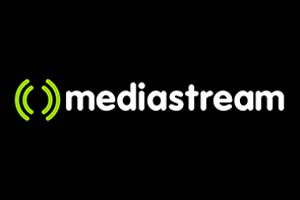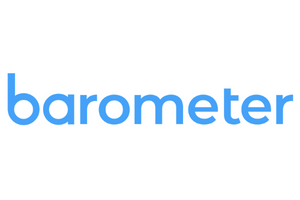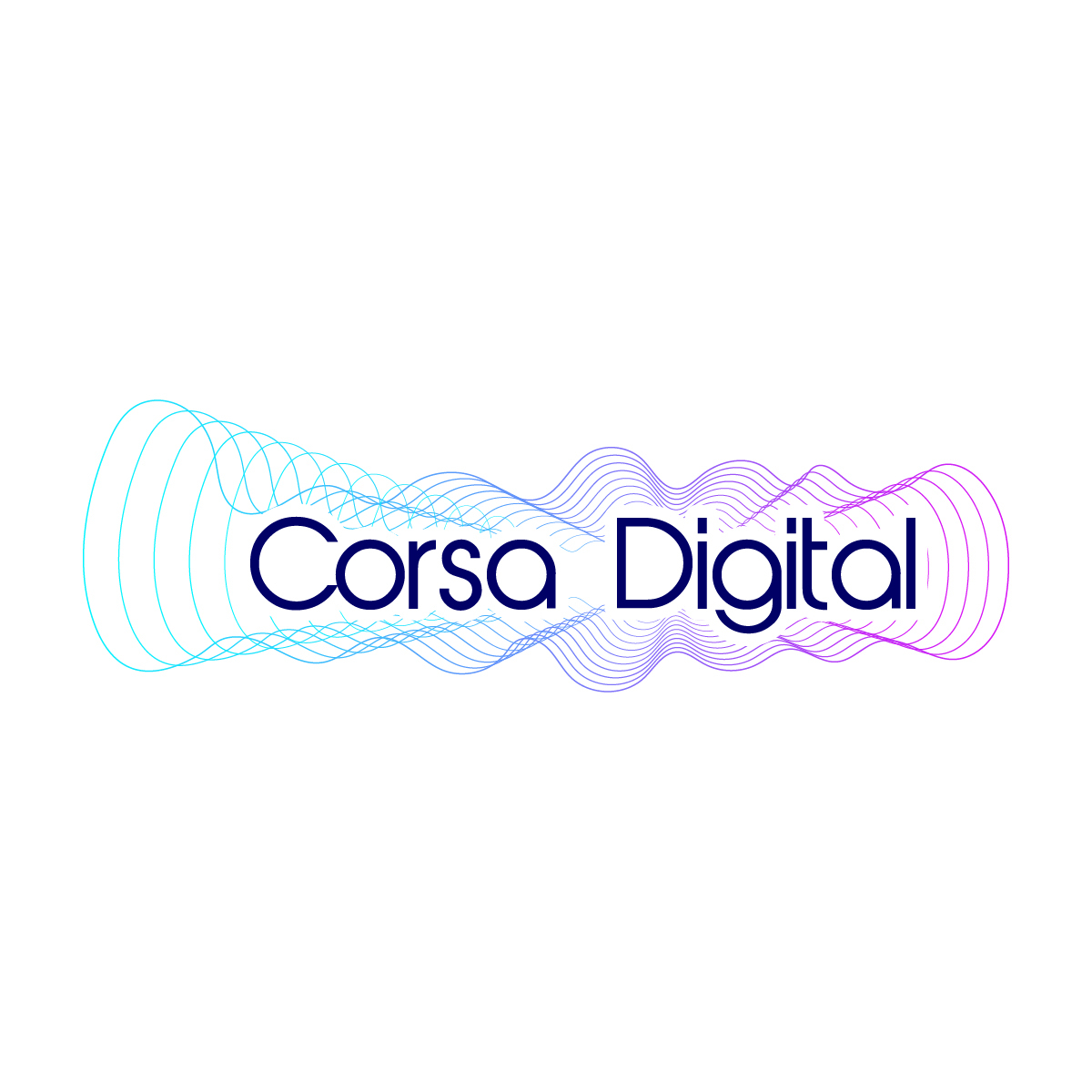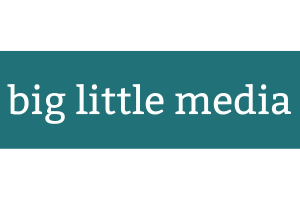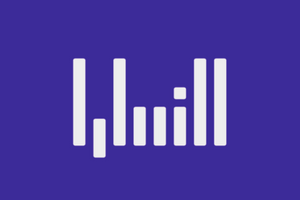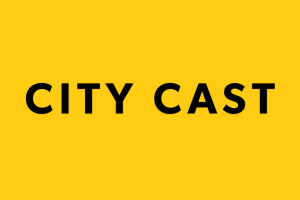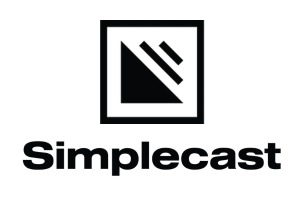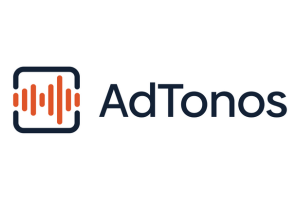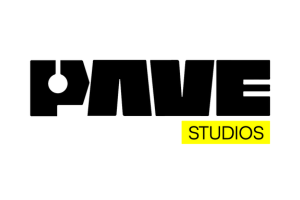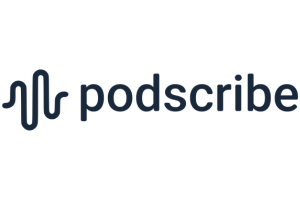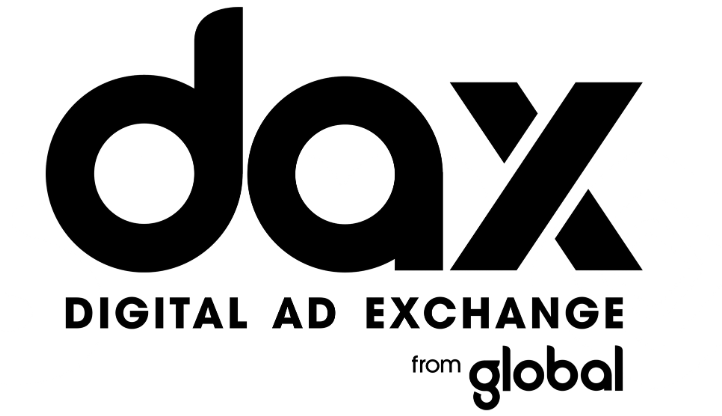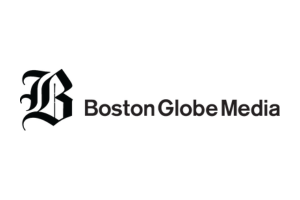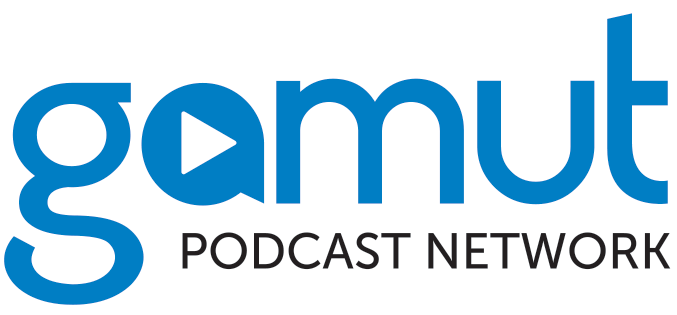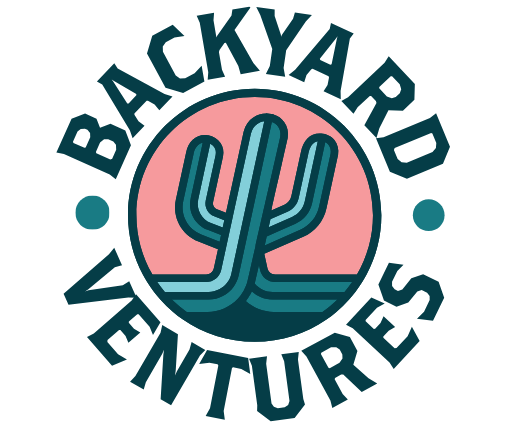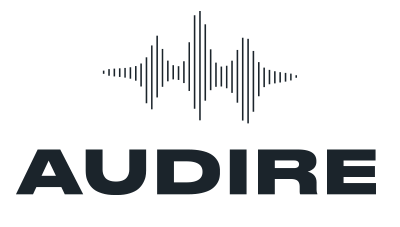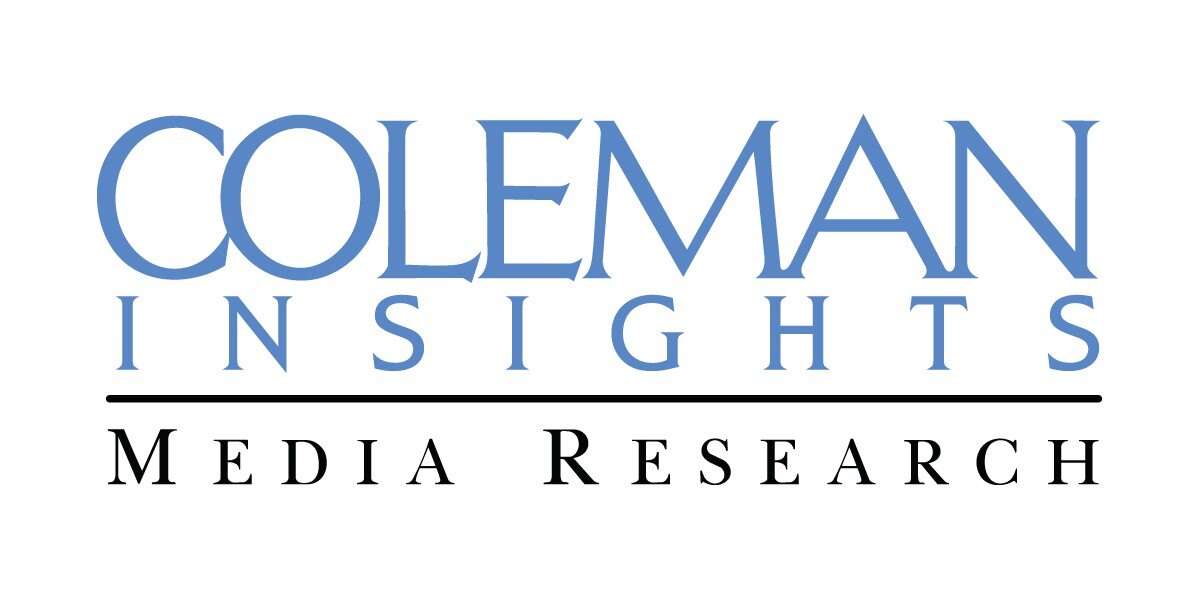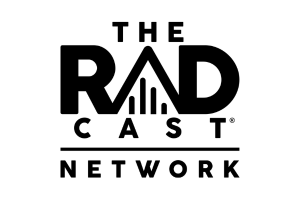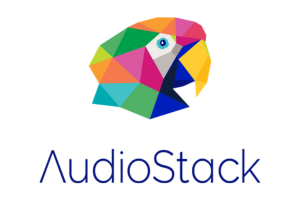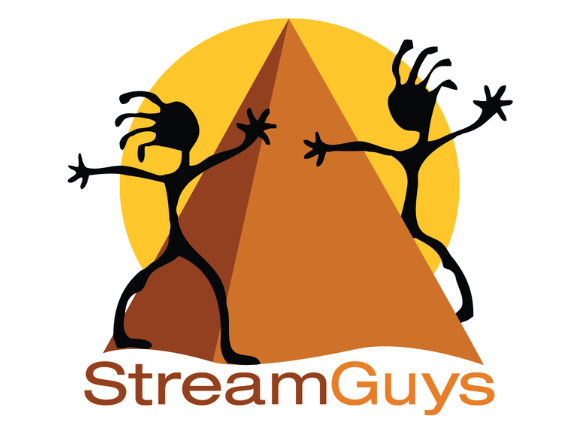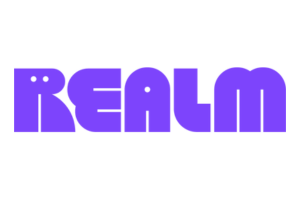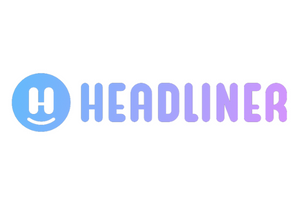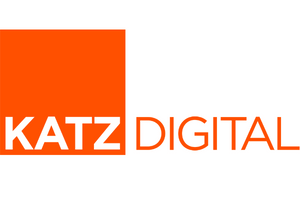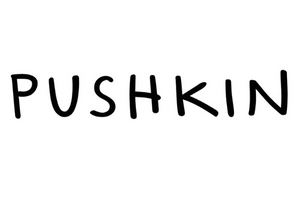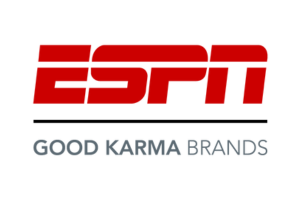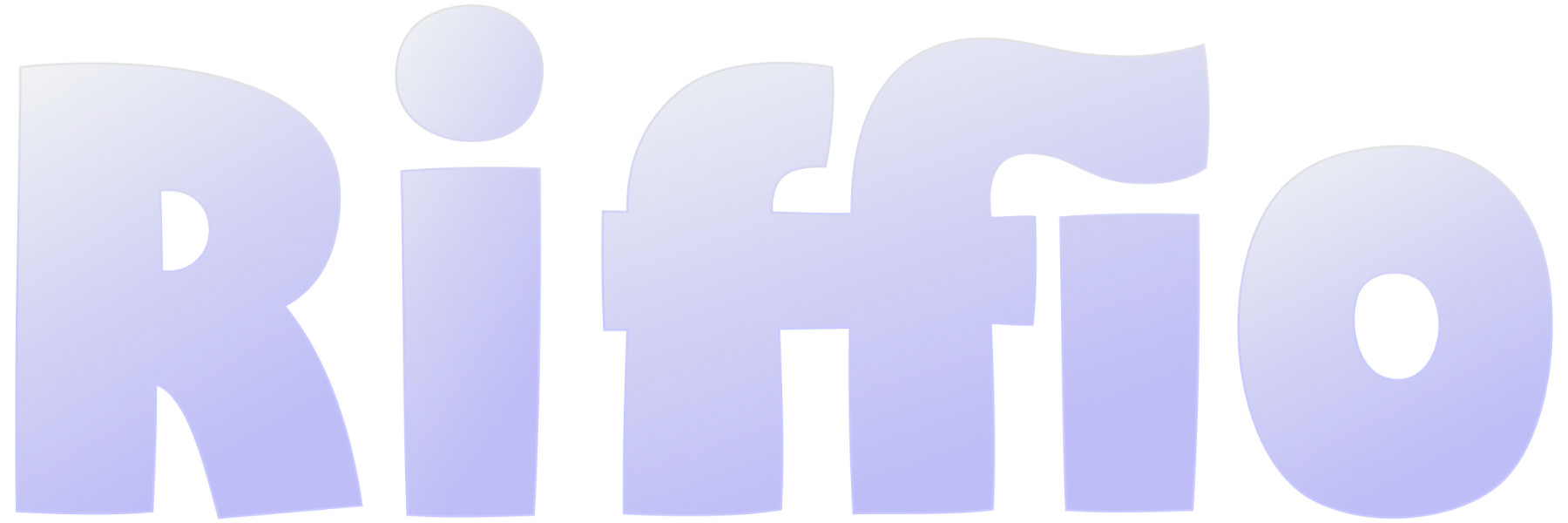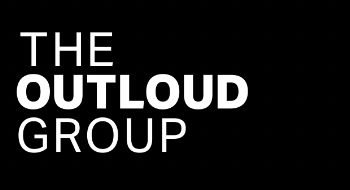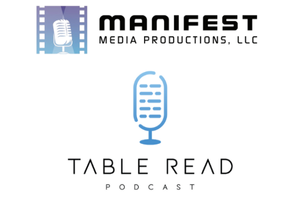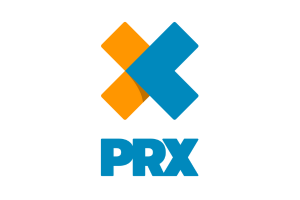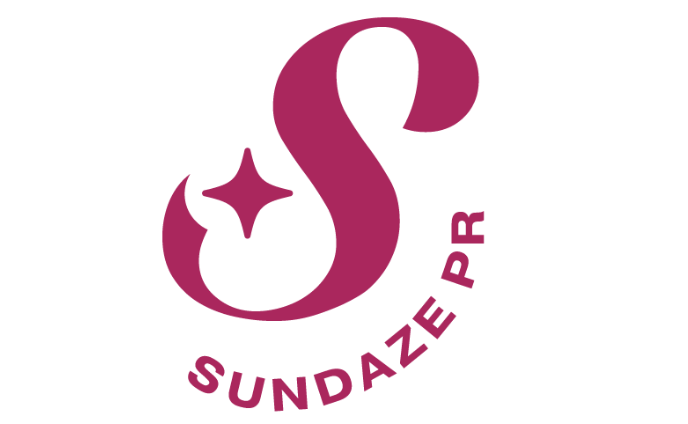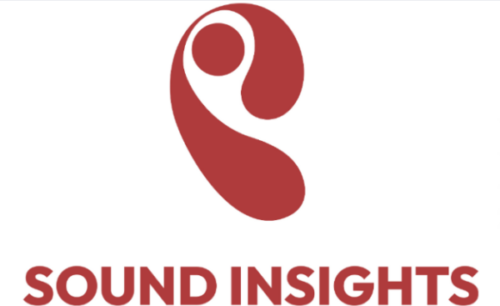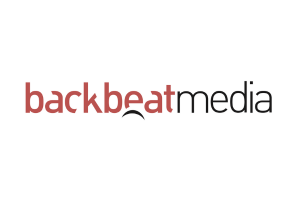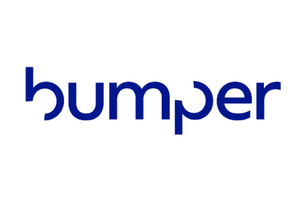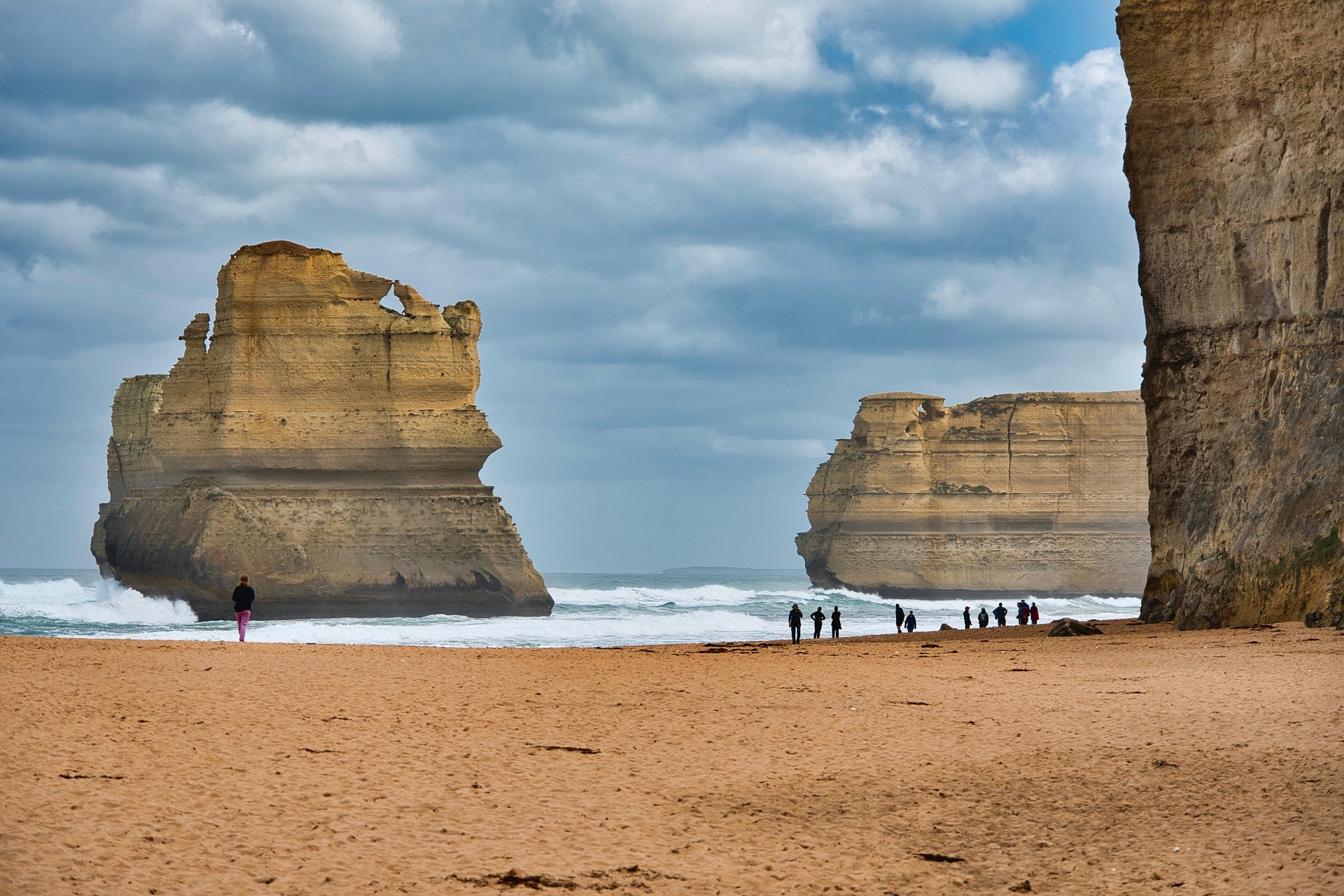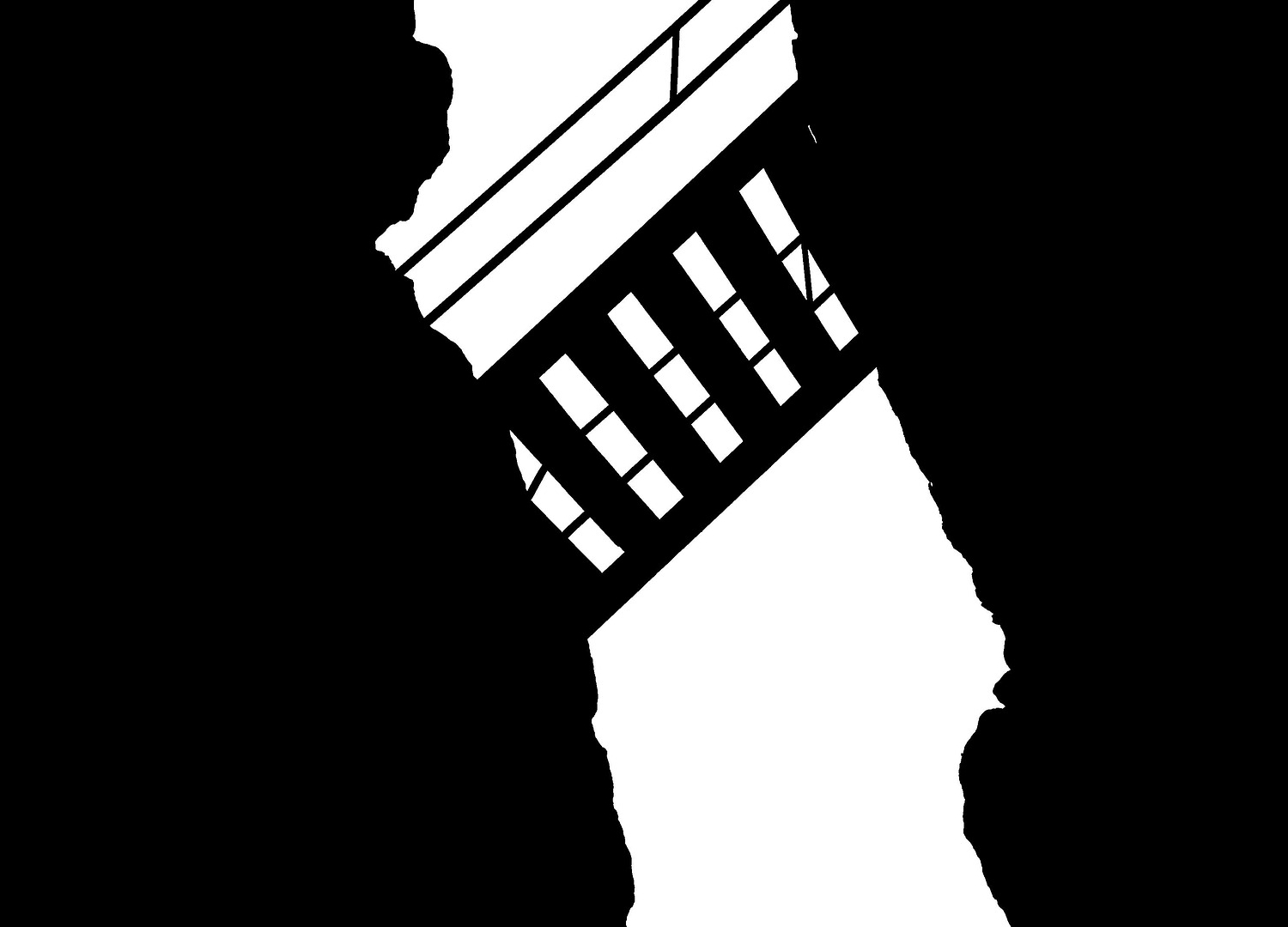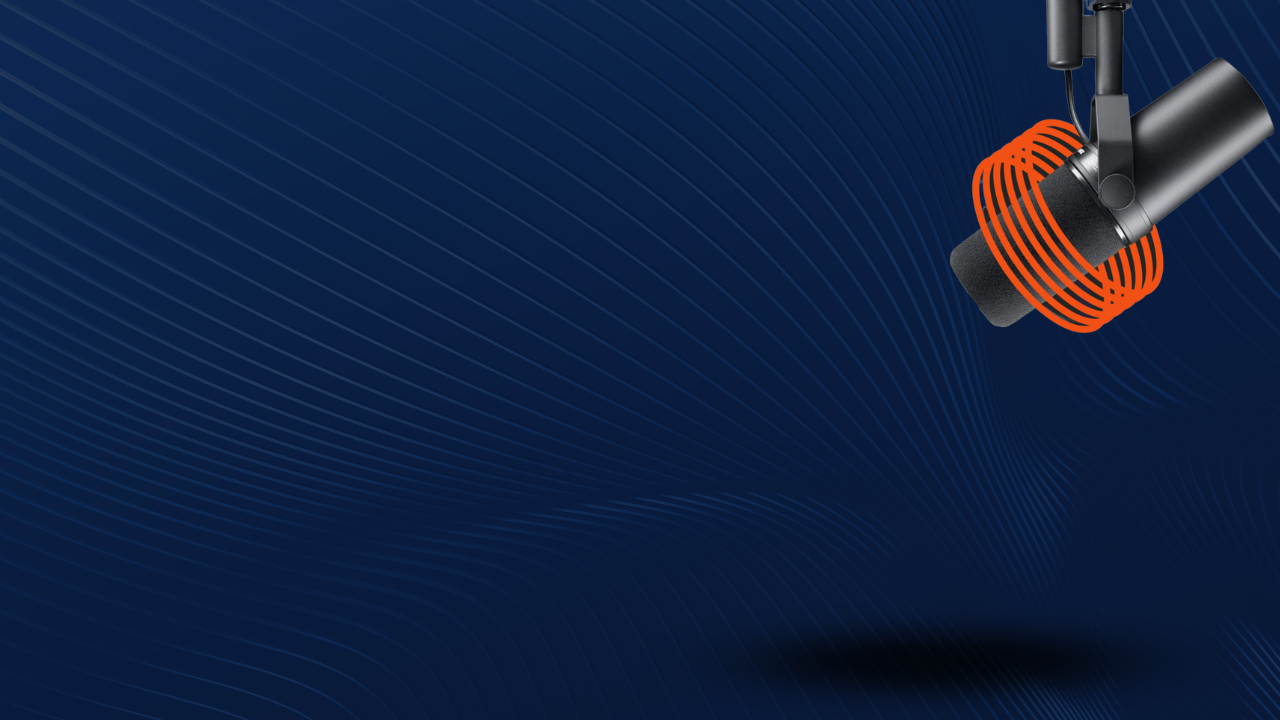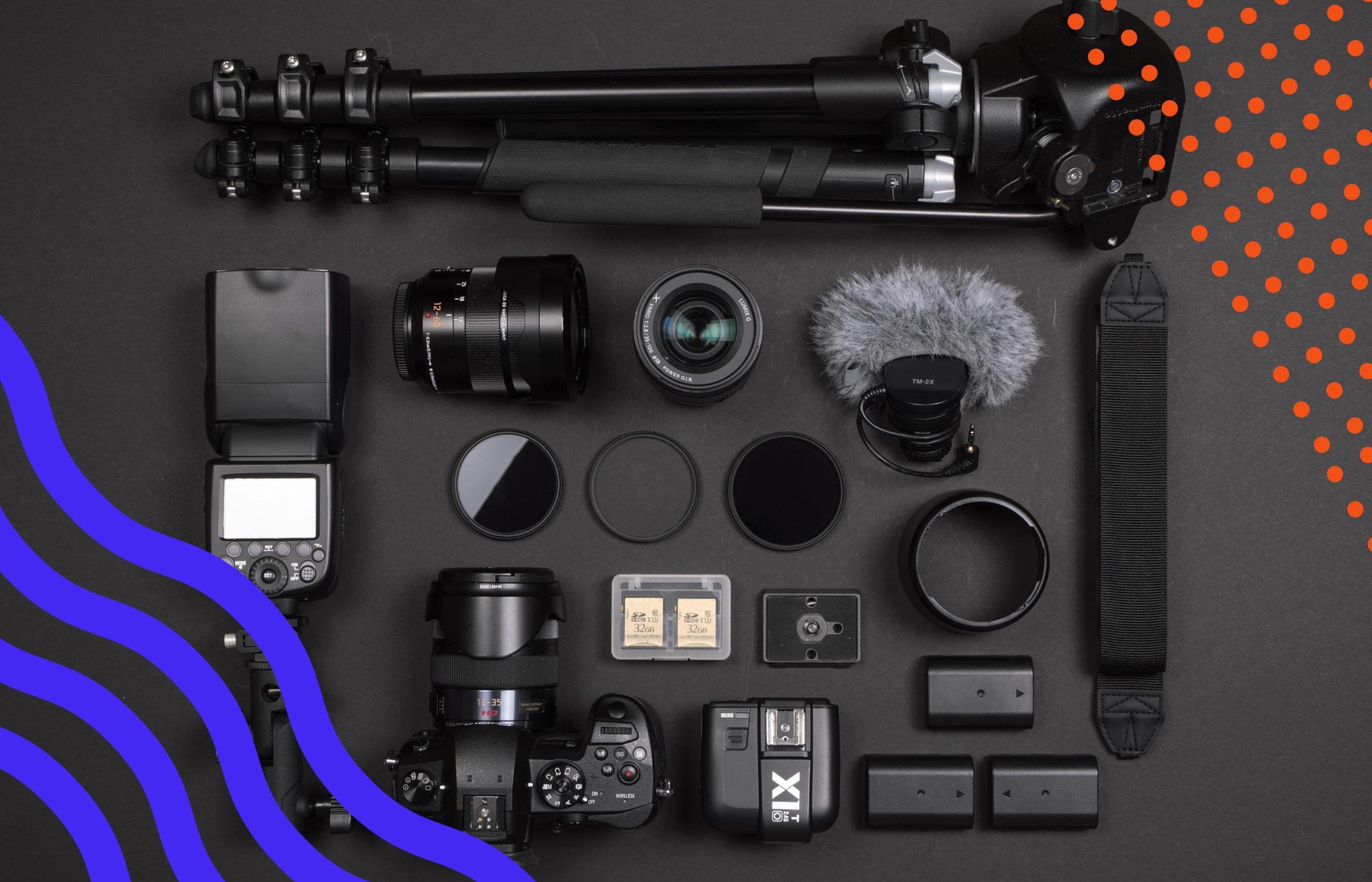A short one this week, as we are gearing up for a VERY big week at Podcast Movement in Dallas in just a few short days. We are going to be debuting the first look at The Podcast Landscape 2025, our flagship study of podcast consumption, and we’ve also got a few other things up our sleeve that I can’t talk about yet or Bryan will shoot me in the face. Nevertheless, I persist.
One of the things I am keenly interested in from this year’s data is the consumer expectation of podcasting: does the average human expect a podcast to be audio, video, or both? Fortunately, not only do we have new data on this, we actually have data from 2024 from which to trend that data. Here is what nearly 5,000 humans familiar with the term “podcasting” told us in the 2024 edition of The Podcast Landscape:
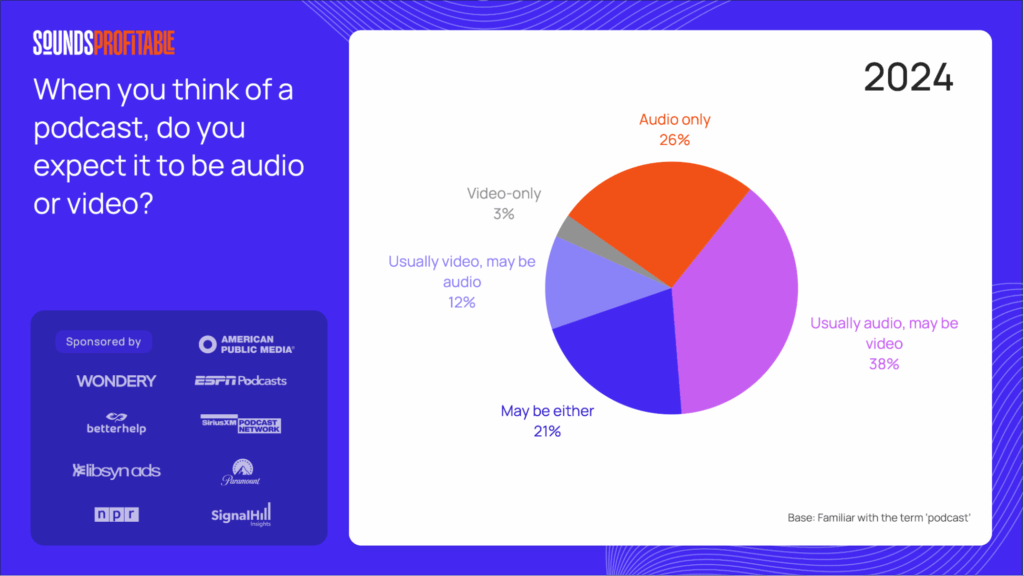
Pretty compelling data! Even though video was already dominating the headlines this time last year, the American public were pretty clear on what they *expected* a podcast to be: 64% expected an audio-only or audio-dominant medium. Though the charts were dominated at the top by podcasts that were predominately perceived as video podcasts by the press, just 3% of the podcast-familiar public felt that podcasts were video-only, and 12% perceived podcasts as mainly a video medium.
These expectations aligned with actual usage. Here is a data point we did release from 2024, and that I’ve spoken about numerous times this year:
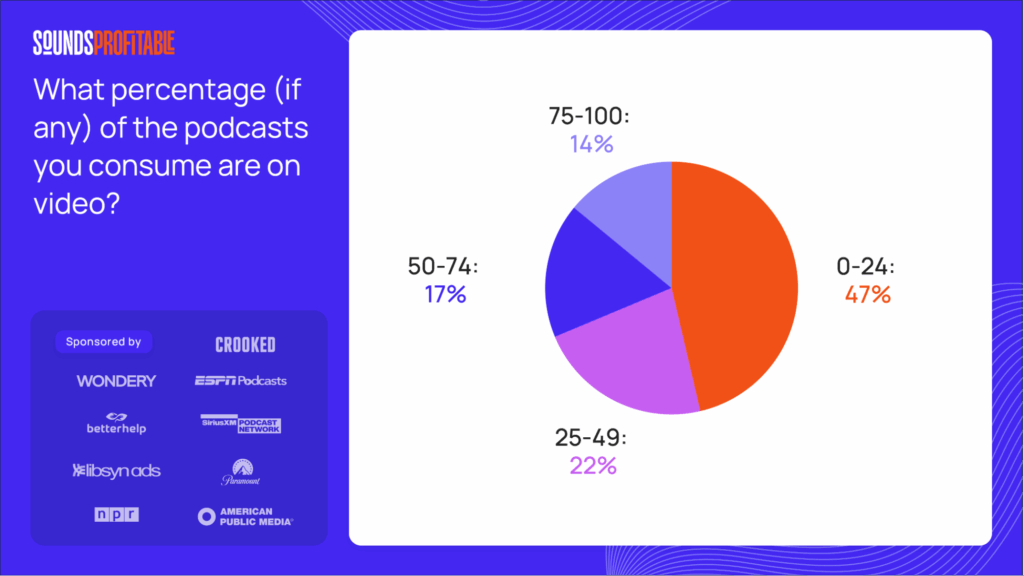
If the majority of consumers expect a podcast to be audio-forward, we would expect usage to mirror that unless there were another variable in play, and that is indeed what we saw last year. Most people consumed mostly audio in the 2024 data. Over the last several weeks, I’ve been asked by nearly a dozen journalists to comment on how podcasting has become a video medium, and every time I have cited the data in this graph as evidence to the contrary. Sadly, this point has not made it off the cutting room floor yet, but I remain hopeful.
Still, perceptions are changing – and they have shifted in the last 12 months, for sure. The expectation for podcasting to be audio and/or video, in fact, showed a significant movement, but maybe not exactly in the way you might think. I’ll reveal the exact numbers next week, along with how they are related to actual consumption, but for now I’ll say this: the category that grew the most wasn’t video-only, or even video-dominant. It was “may be either,” which really will be the story of that graph.
I think the narrative in the press right now would read that as “video is taking over.” You are going to continue to hear voices telling you that you need to be making videos to maximize your audience. In truth, it’s hard to argue with the latter point – a larger potential audience exists for those podcasts available in both audio and video forms. It’s math, not opinion. But let’s reframe that in line with the actual data: the perception that a podcast is exclusively or primarily video didn’t change from 2024 to 2025. This isn’t an audience telling you that you need to be making a video. This is an audience increasingly telling you that they don’t see a distinction. They want video when they can watch video, and they want audio when they want to listen.
What I would suggest is that we reframe this whole narrative away from “you need to be on YouTube” to this: podcasting is the most flexible medium. If you are only making audio, then it is true that a video option opens up a combination of new potential audience AND additional consumption opportunities for existing audience. But the reverse is also true: if you are producing video and NOT optimizing for audio-first consumption as well, then you are also robbing yourself of potential new audience and new consumption opportunities.
Maybe I am just a glass half-full person, but that’s how I choose to think about things, rather than get bogged down in the definition of what a podcast is or isn’t. What the consumer is increasingly telling us is that what they value is the ability to choose, and podcasts alone provide that kind of choice.
More next week when I take the stage for the opening keynote at Podcast Movement on Tuesday. Hope to see you there!



